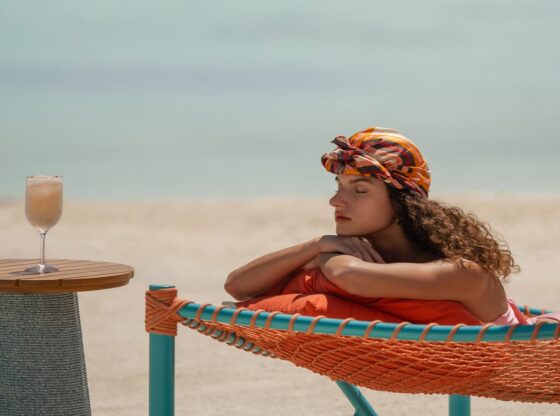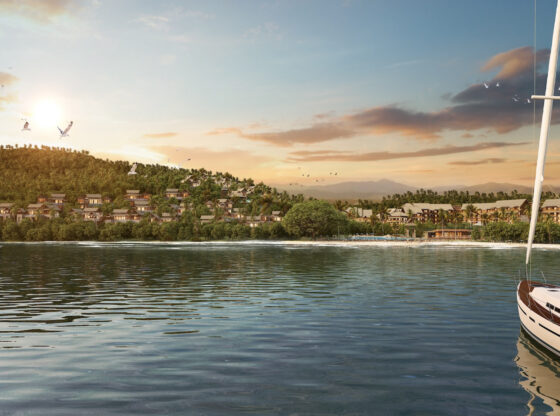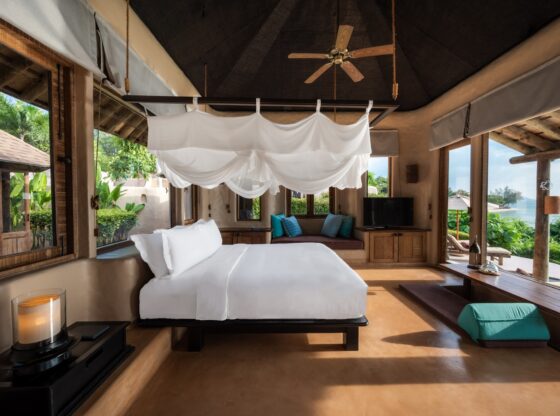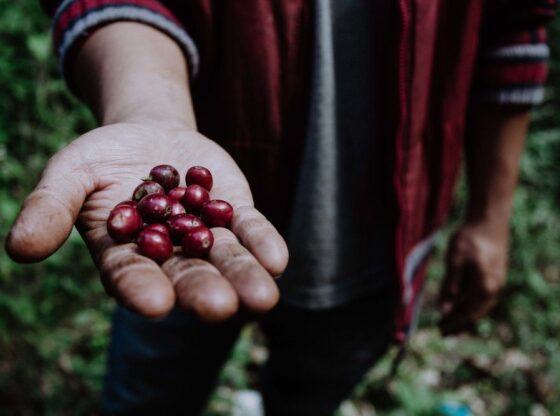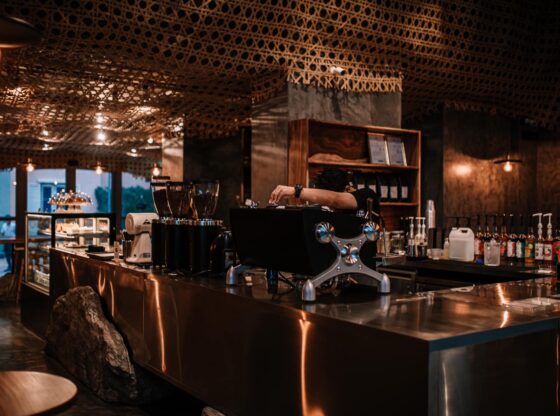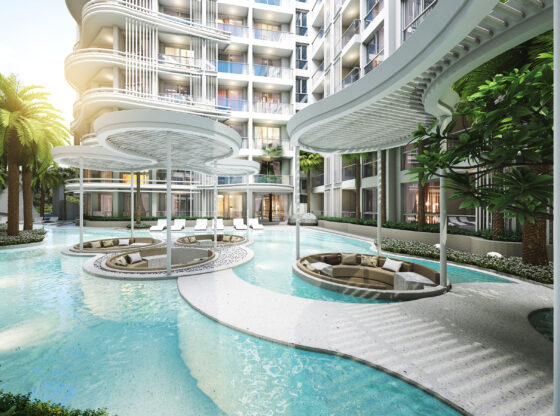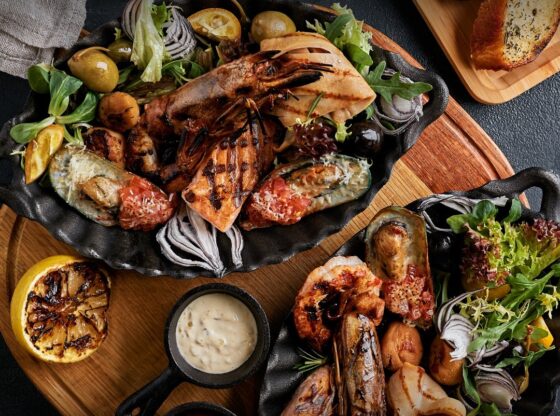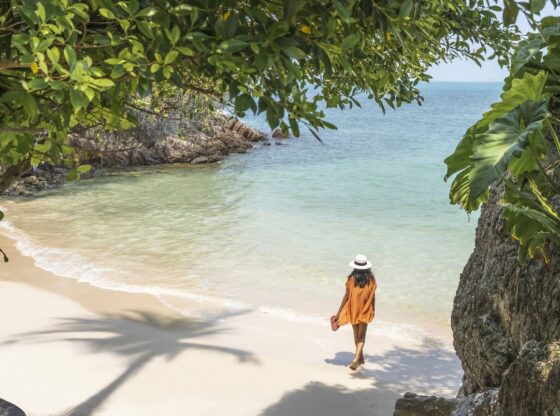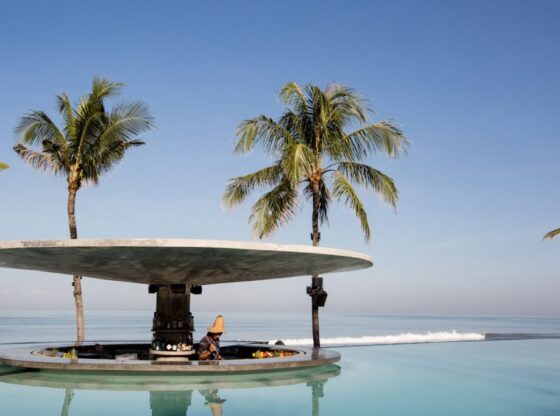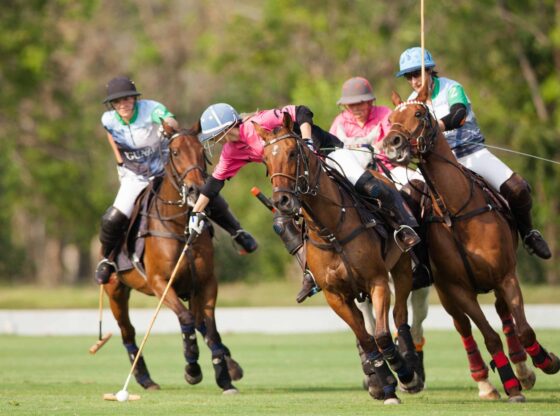![]()
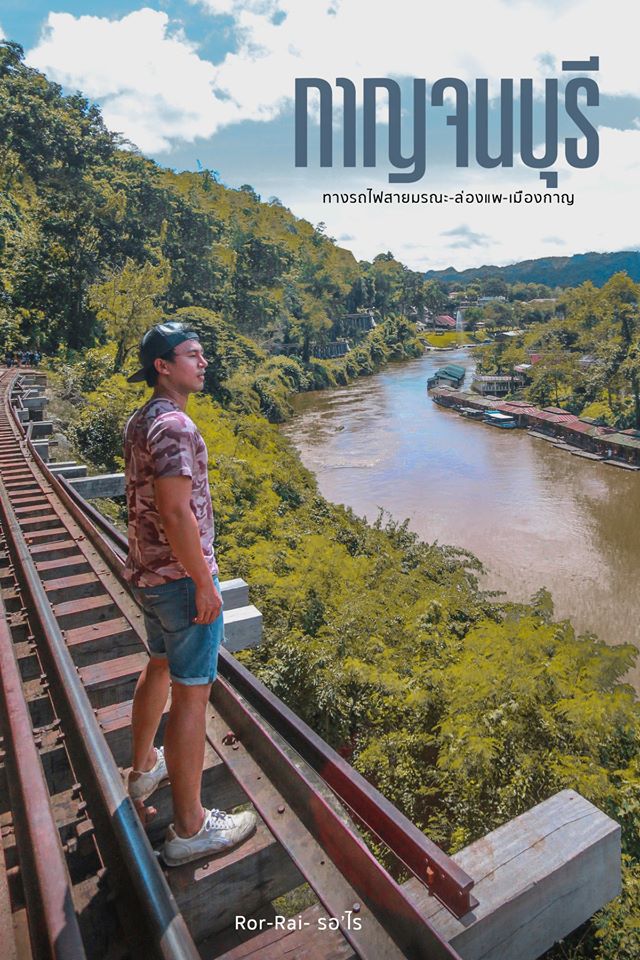
Kanchanaburi City, the capital of Kanchanaburi Province is fast becoming a popular place for tourists to visit while here in The Kingdom.
Located by the Kwai Yai and Kwai Noi rivers, Kanchanaburi lies at the source of the Mae Klong river and these stunning bodies of water set the tone and define the characteristics of the town, along with vast countryside, natural beauty, culture and historic sights Kanchanaburi is a must-see.
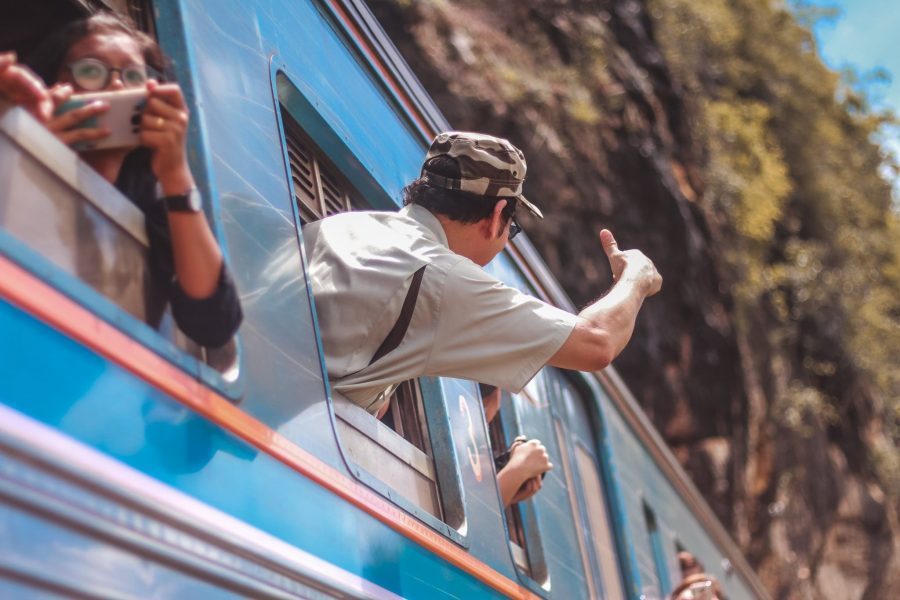
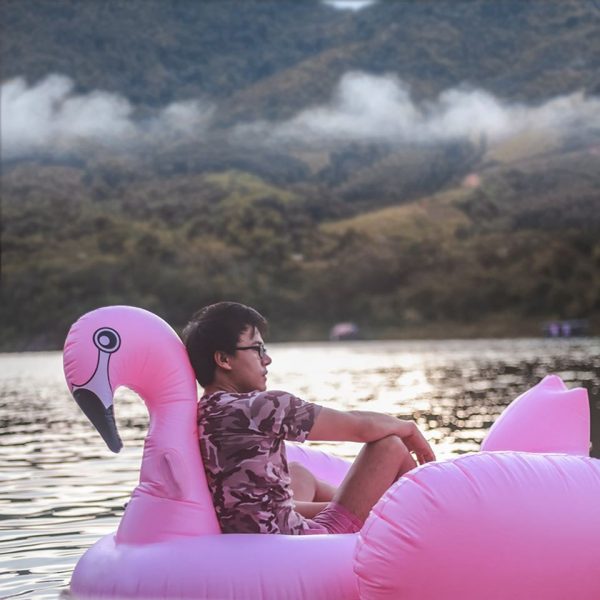
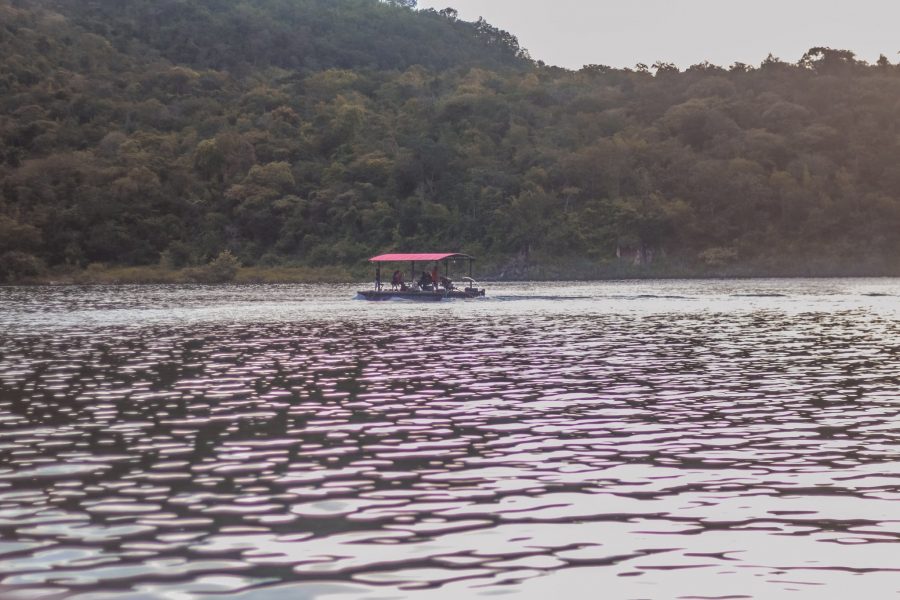
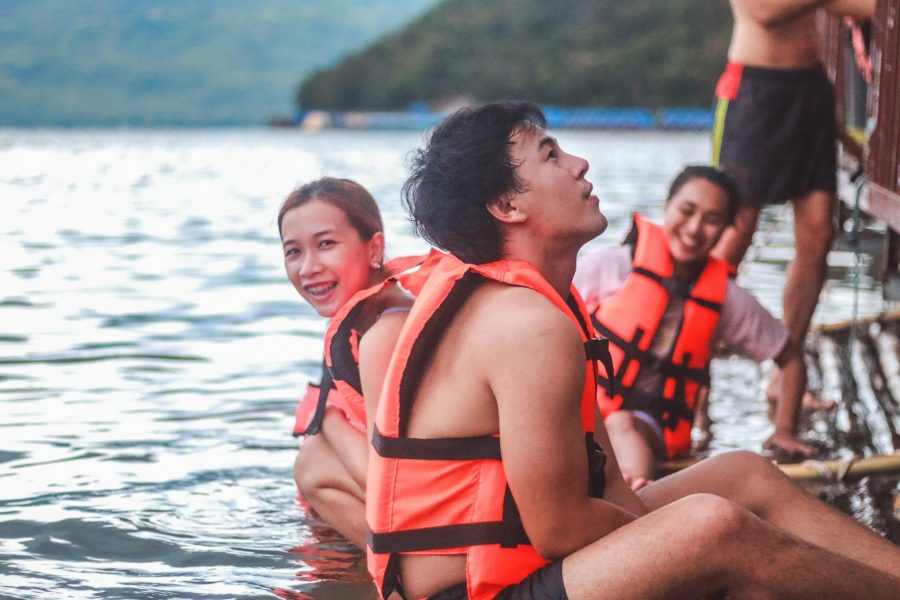
Kanchanaburi is home to many WWII memorials and museums are a reminder of darker times. Japanese forces used Allied prisoners of war (POWs) and conscripted Asian laborers to build a rail route to Myanmar.
The harrowing story became famous after a fictional tale, based loosely on the real events, was told in Pierre Boulle’s book The Bridge Over the River Kwai and the 1957 movie based on the book.
Roads east of the bridge are named after countries involved in the conflict.
There is also a memorial and two museums to commemorate the dead.
In March 2003, the Thailand-Burma Railway Museum opened and the JEATH (Japanese-English-American-Australian-Thai-Holland) War Museum dedicated to the bridge and the Death Railway.
The city is also home to the Kanchanaburi War Cemetery.
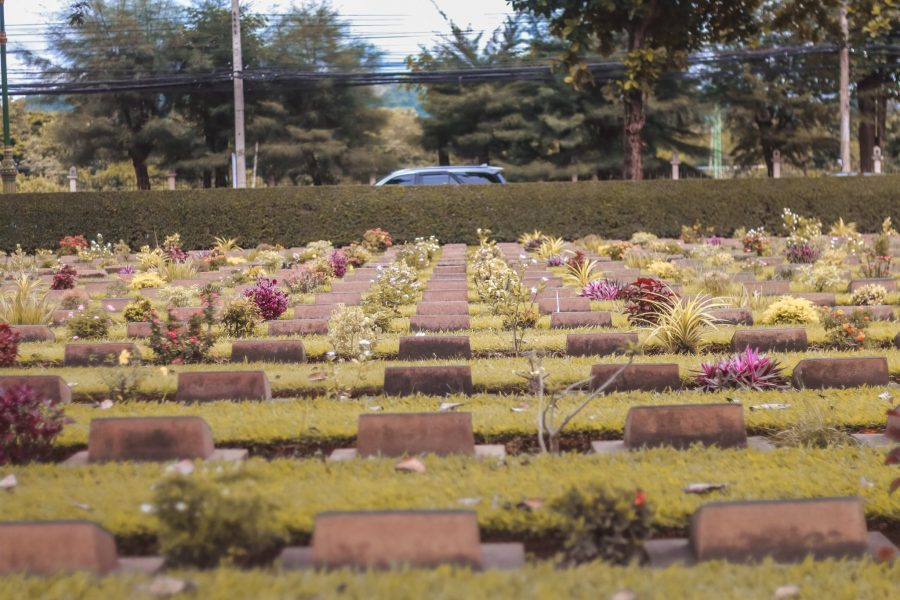
The Chong Kai Allies Cemetery is near Kanchanaburi, about 3 kilometers (1.9 mi) from Wat Tham Phu Wa.
Because so many of the parks and historic sites in the surrounding countryside are easily accessible, Kanchanaburi is an ideal base for exploring some of Thailand’s wild west.
Kanchanaburi War Cemetery
The Kanchanaburi War Cemetery (known locally as the Don-Rak War Cemetery) is the main prisoner of war cemetery for victims of Japanese imprisonment while building the Burma Railway.
There are 6,982 POWs buried there, mostly Australian, British, and Dutch. There are 1,896 Dutch war graves, the rest being from Britain and the Commonwealth.
Bridge on the River Kwai
This bridge is the best-known historical landmark in Kanchanaburi. It was erected through the forced labor of prisoners of war during WWII.
The bridge was part of the Thai-Burmese “Death Railway,” so named because of the scores of men who died during construction.
Today, you can ride across the bridge, sections of which are from the original structure.
Hellfire Pass & Memorial Museum
The Hellfire Pass is a 500 m-long portion of rock that thousands of prisoners of war dug out (by hand) to pave the way for the Death Railway.
Many of those men died during the 12-week digging period.
Today, it’s possible to walk the old railway track into the jungle (which takes about 4 to 5 hours) and visit a memorial museum honoring those who died.
The museum houses artifacts, tools, and photos.
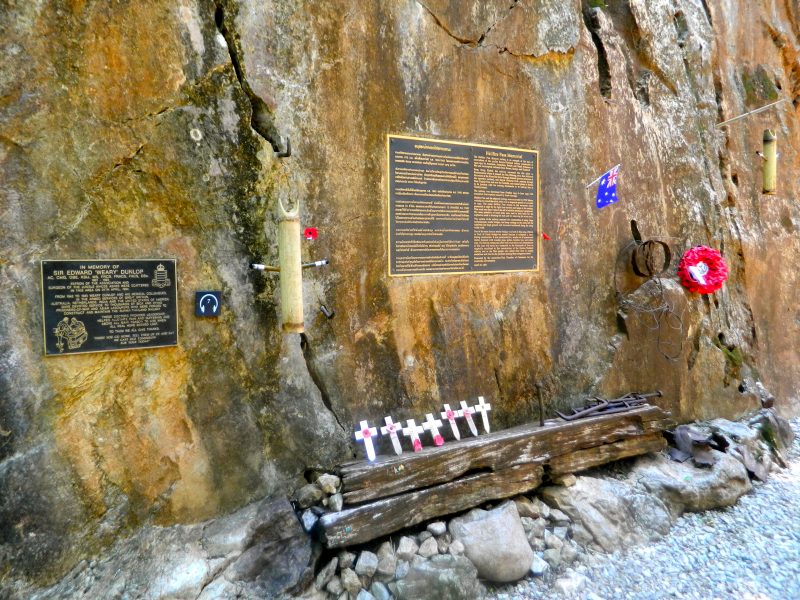
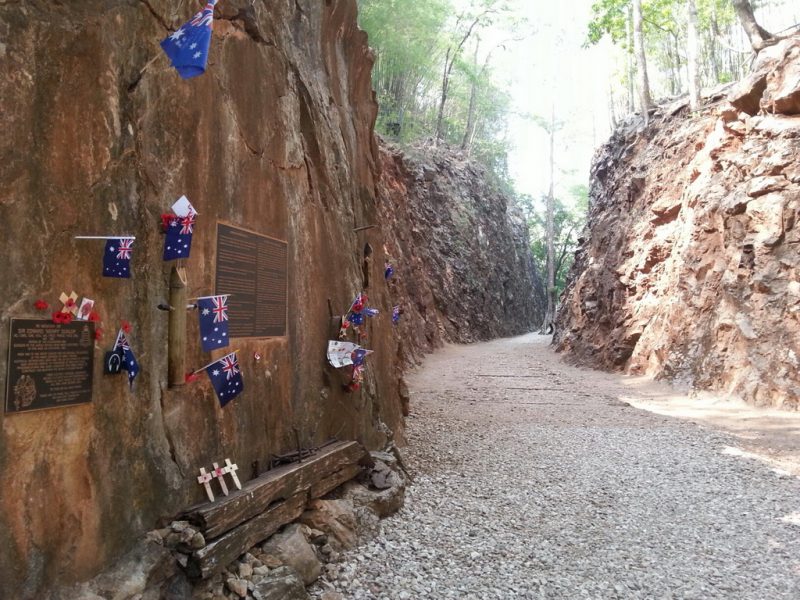
Safari Park
Safari Park in Kanchanaburi is only 28 kilometers away from the city. It is an open style zoo set in a vast natural landscape that features a wide variety of animals to view and enjoy, including camels, tigers, lions, bears, leopards, elephants, deer’s, zebras, llamas, ostrich, flamingos, giraffes, parrots, etc. The park also runs daily elephant and crocodile shows which are captivatingly entertaining since they mainly highlight the great intelligence of these specific animals. You can tour around the park in your own car, but the best-recommended way to enjoy the visit is to take the park’s sightseeing bus
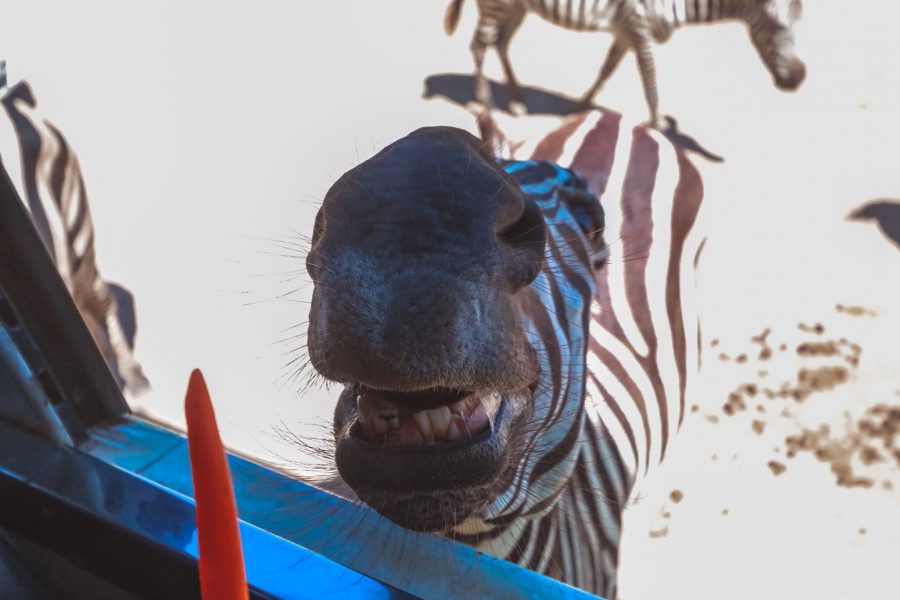
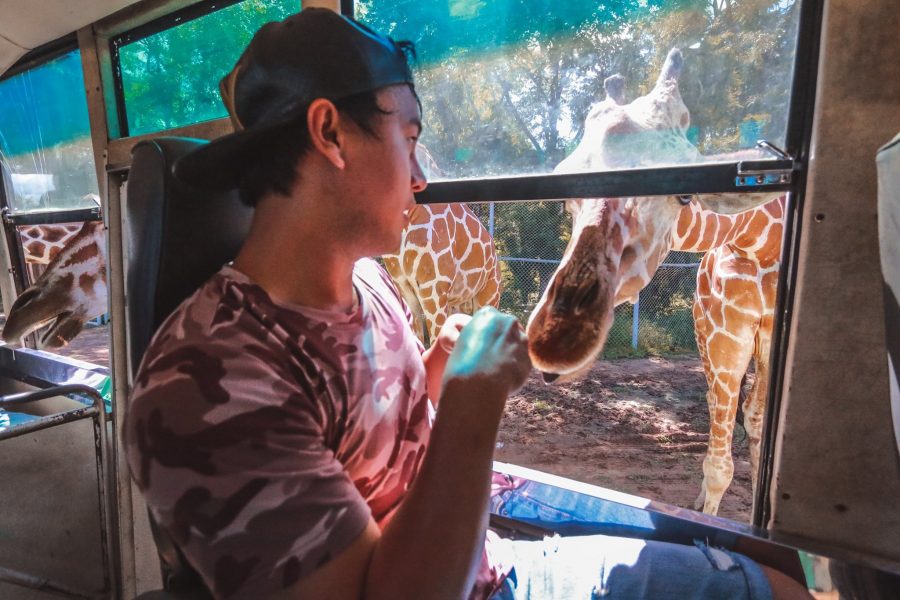
Sangkhlaburi
Sangkhlaburi is a district in the Western part of Kanchanaburi Province, bordering Burma. Its main town also named Sangkhlaburi is situated at the edge of Vajiralongkorn Lake. The small, rural town was built fairly recently when the old village was submerged after the completion of the Vajiralongkorn Dam. A remote place of forests, waterfalls, small villages and farmland, Sangkhlaburi takes some effort to get to. A long journey across a scenic route leads to the town, which is a mix of Thai, Burmese, Karen, and Mon people.
Mon Bridge
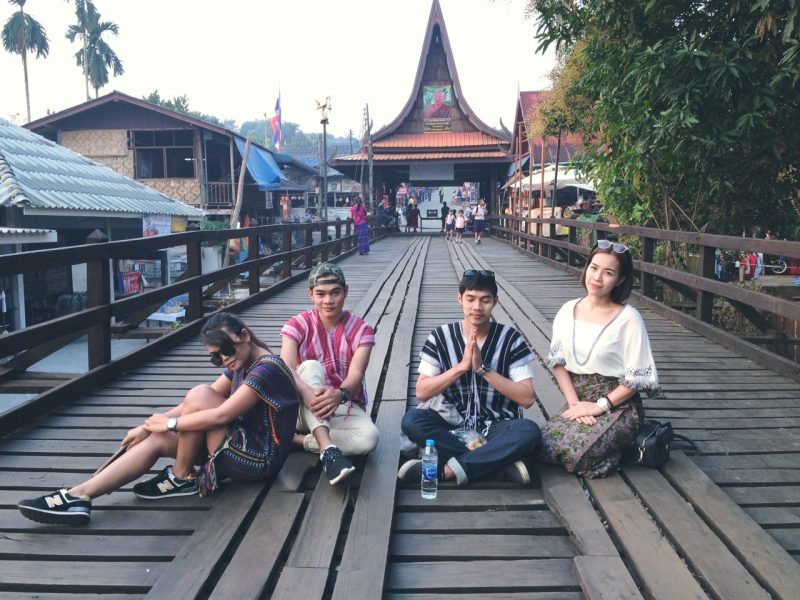
The Mon bridge or “Saphan Mon” is Thailand’s longest wooden bridge and the second-longest in the world measuring over 400 meters long. The handmade footbridge constructed in the 1980s spans the Song Kalia River to the Mon village, Wang Kha.
Learn more about www.facebook.com/rorraijourney



